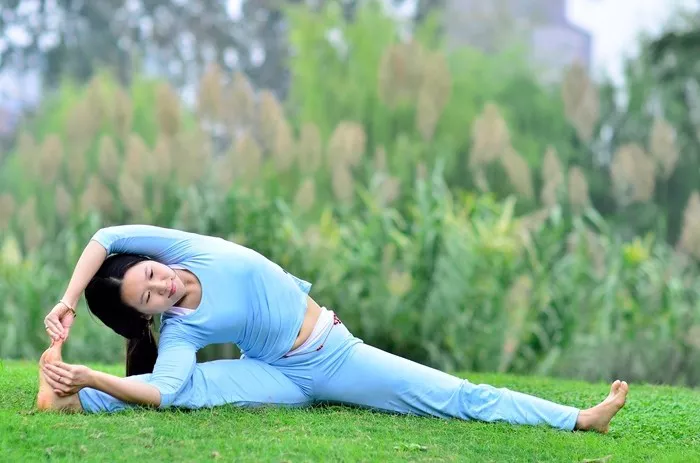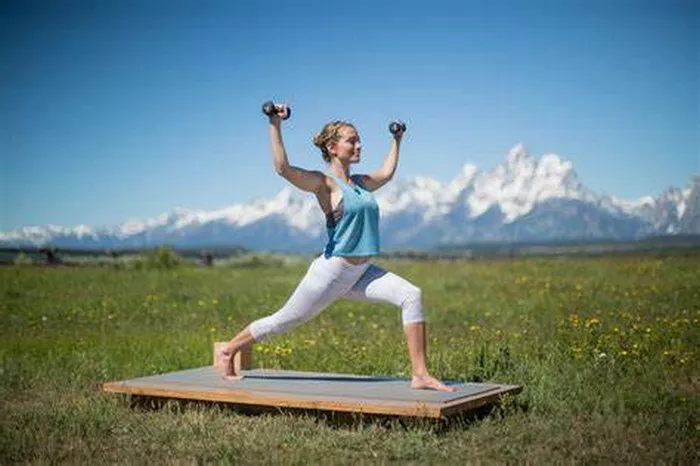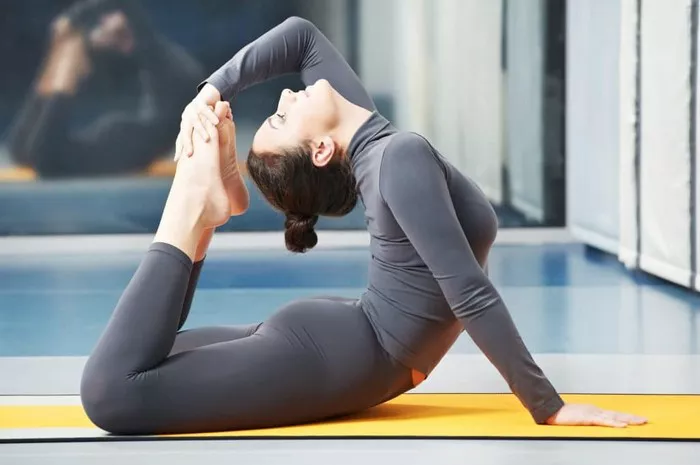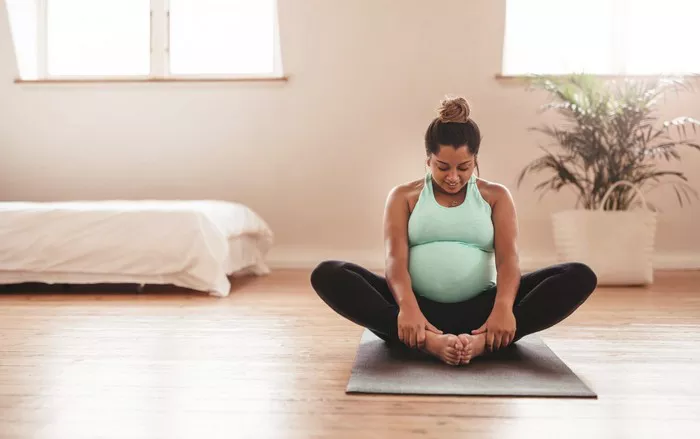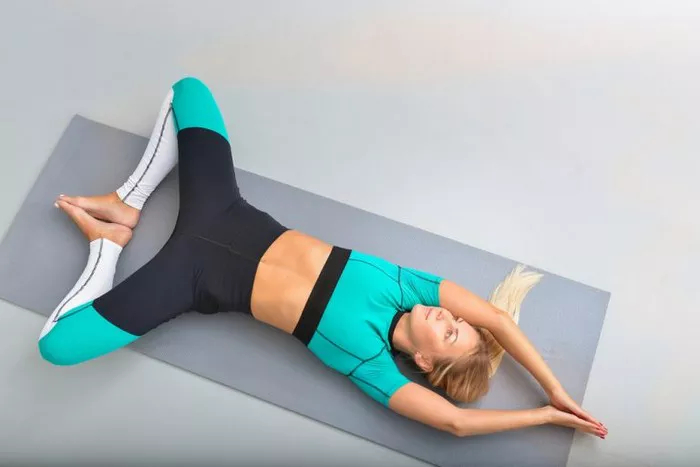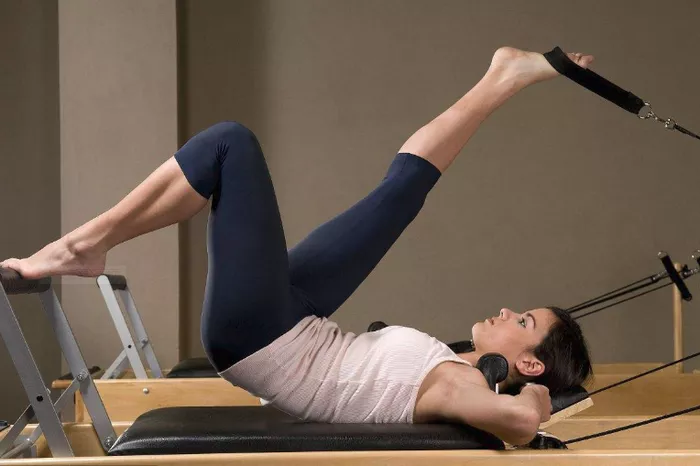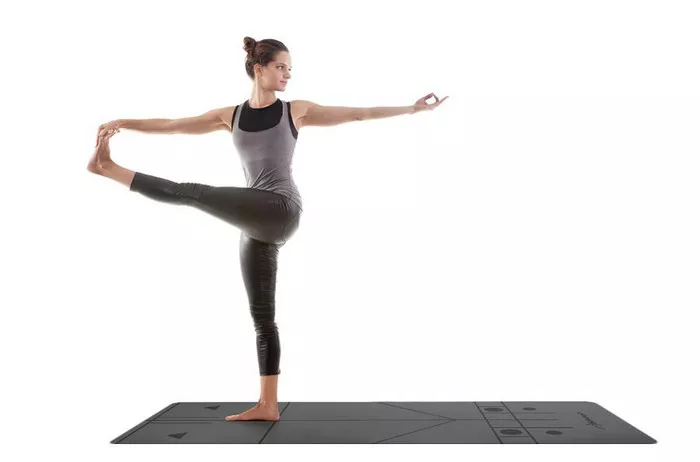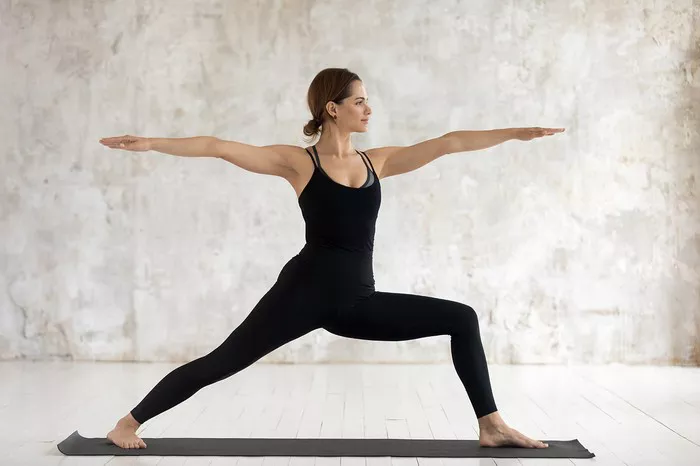In the bustling rhythm of modern life, where stress often infiltrates our minds and bodies, finding moments of tranquility and release is essential. Yoga, an ancient practice originating in India, has emerged as a beacon of solace in our fast-paced world. Among its myriad of forms, hip opening yoga stands out for its profound impact on both physical and mental well-being.
Understanding the Importance of Hip Opening Yoga
The hips, often overlooked in our daily lives, play a pivotal role in our overall health and mobility. They serve as the bridge between the upper and lower body, facilitating movement and stability. However, due to prolonged sitting, sedentary lifestyles, and emotional tension, the hip joints can become tight and restricted, leading to discomfort, pain, and even injury.
Hip opening yoga offers a holistic approach to addressing these issues by targeting the muscles, tendons, and connective tissues surrounding the hips. Through a series of asanas (poses) and mindful breathing techniques, practitioners can gradually release tension, increase flexibility, and restore balance to the hip area.
The Physical Benefits of Hip Opening Yoga
Increased Flexibility: Regular practice of hip opening yoga gently stretches the muscles and soft tissues around the hips, gradually improving flexibility and range of motion. This newfound suppleness not only enhances athletic performance but also reduces the risk of injuries, such as strains and sprains.
1. Alleviation of Lower Back Pain: Tight hips can contribute to lower back discomfort and stiffness. Hip opening yoga targets the hip flexors, piriformis, and other muscles involved in spinal support, providing relief from chronic back pain and promoting spinal alignment.
2. Enhanced Posture: As tight hips pull the pelvis out of alignment, poor posture often ensues, leading to a cascade of musculoskeletal issues. By releasing tension in the hip flexors and strengthening surrounding muscles, hip opening yoga helps restore proper alignment, resulting in improved posture and reduced strain on the spine.
3. Improved Circulation: The gentle compression and release of tissues during hip opening yoga stimulate blood flow to the pelvic region, promoting circulation and flushing out toxins. This increased circulation not only nourishes the muscles but also supports organ function and overall vitality.
4. Prevention of Injury: Flexible hips are less susceptible to injury during physical activities and everyday movements. By cultivating awareness and mobility in the hip joints, hip opening yoga helps prevent strains, tears, and other common injuries, enabling practitioners to move with greater ease and confidence.
The Mental and Emotional Benefits of Hip Opening Yoga
1. Stress Reduction: The hips are often referred to as the “storehouse of emotions,” as emotional tension and stress can manifest as physical tightness in this area. Through deep breathing and mindful movement, hip opening yoga encourages practitioners to release pent-up emotions and cultivate a sense of calm and relaxation.
2. Emotional Release: Asanas such as Pigeon Pose and Bound Angle Pose provide a safe space for emotional release, allowing practitioners to confront and process unresolved feelings stored in the hips. By acknowledging and releasing these emotions, individuals can experience a profound sense of liberation and inner peace.
3. Increased Self-awareness: Hip opening yoga invites practitioners to tune into their bodies and connect with sensations, emotions, and energy flow. This heightened self-awareness not only deepens the yoga practice but also carries over into daily life, fostering greater mindfulness and self-compassion.
4. Balanced Energy Flow: According to yogic philosophy, the hips are home to the Svadhisthana chakra, associated with creativity, pleasure, and emotional well-being. By stimulating this energy center through hip opening yoga, practitioners can cultivate a sense of vitality, joy, and emotional balance.
5. Improved Mental Focus: The meditative aspects of hip opening yoga, coupled with conscious breathing, help quiet the mind and enhance mental clarity and focus. This centered state of awareness not only promotes relaxation but also improves cognitive function and decision-making abilities.
Incorporating Hip Opening Yoga into Your Routine
Whether you’re a seasoned yogi or a novice practitioner, integrating hip opening yoga into your wellness routine can yield transformative benefits for both body and mind. Here are some tips for getting started:
1. Start Slowly: If you’re new to yoga or have tight hips, begin with gentle, beginner-friendly poses and gradually work your way up to more advanced asanas. Listen to your body and honor its limits, avoiding any pain or discomfort.
2. Practice Regularly: Consistency is key when it comes to reaping the benefits of hip opening yoga. Aim to incorporate hip-focused asanas into your yoga practice at least 2-3 times per week to experience noticeable improvements in flexibility and mobility.
3. Mindful Breathing: Pay attention to your breath as you move through hip opening poses, using slow, deep breaths to guide your movements and release tension. Cultivating a rhythmic breathing pattern can enhance relaxation and deepen the stretch.
4. Modify as Needed: Don’t hesitate to use props such as blocks, blankets, or straps to support your body and facilitate proper alignment in hip opening poses. Modifying the poses to suit your individual needs and limitations ensures a safe and enjoyable practice.
5. Stay Present: Throughout your practice, remain present and attentive to the sensations arising in your body and mind. Allow yourself to let go of distractions and sink deeper into the present moment, embracing each breath and movement with awareness and acceptance.
Conclusion
In a world characterized by busyness and constant motion, hip opening yoga offers a sanctuary of stillness and self-discovery. By nurturing flexibility in the hips and fostering emotional release, this transformative practice empowers individuals to move through life with grace, resilience, and an open heart. Whether on the mat or off, may we all embrace the journey of hip opening yoga as a pathway to greater health, happiness, and holistic well-being.
FAQs:
Why is it important to open your hips?
It’s important to open your hips because tight hips can lead to discomfort, limited mobility, and poor posture. Opening the hips improves flexibility, reduces the risk of injury, and enhances overall physical performance.
Why do hip openers release emotions?
Hip openers can release emotions because the hips store tension and stress. As we stretch and release this tension, buried emotions may surface. This process can be cathartic and therapeutic, aiding in emotional release and psychological well-being.
Do hip openers make you emotional?
Hip openers can evoke emotional responses in some individuals due to the interconnectedness of physical and emotional states. As tension is released from the hips, suppressed emotions may surface, leading to feelings of vulnerability, relief, or even catharsis.
What chakra is near the hip?
The sacral chakra, also known as Svadhisthana, is near the hips. Located in the lower abdomen, it governs emotions, creativity, sensuality, and pleasure. Hip-opening practices can help balance and activate this chakra, promoting emotional stability and creativity.

